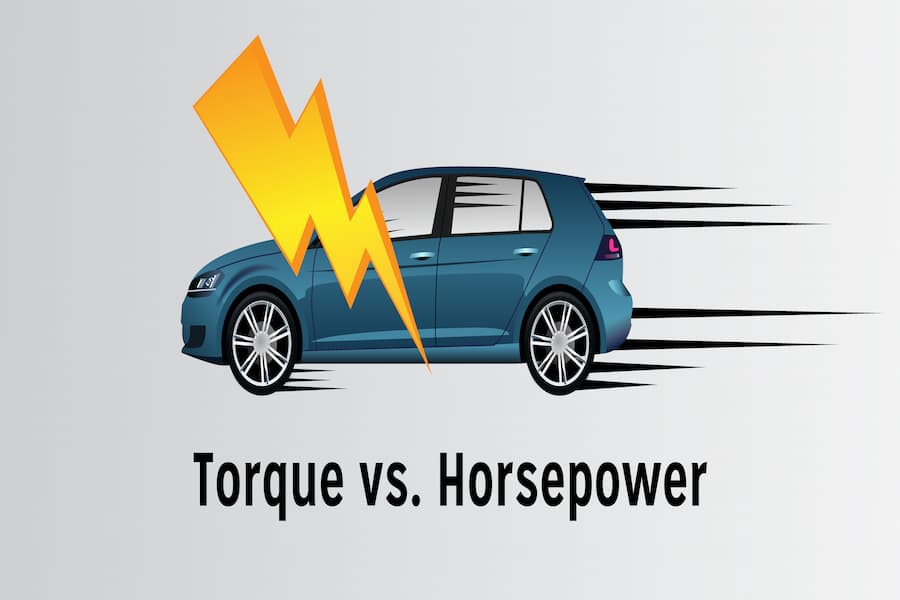Introduction
It’s important to know the difference between torque and horsepower before exploring techniques for raising the performance of your car. Often felt in acceleration, particularly at lower RPMs, torque is the measurement of rotational force generated by the engine. Conversely, horsepower indicates how rapidly the engine can generate that torque and shows the rate of work accomplished. These numbers taken together control the performance of a vehicle, therefore affecting its acceleration, hill climbing ability, and response to driver input.
Ways to Improve Your Car’s Torque and Horsepower
Upgrading the Intake System
Upgrading the intake system is among the most effective tweaks for raising torque and horsepower. Improved combustion efficiency follows from better airflow into the engine made possible by a high-performance air intake. Larger diameters, improved filtration systems, and clever designs lowering air resistance abound in aftermarket intakes. Consider latest techniques like custom exhaust fabrication and allow the engine to consume more air to burn fuel more efficiently, therefore increasing the power output.
Enhancing the Exhaust System
Complementing an improved intake with a high-performance exhaust system can result in notable power increase. By lowering back pressure and enhancing exhaust gas evacuation, a performance exhaust allows the engine to run more effectively. Popular upgrades that can not only boost horsepower but also torque—especially at higher RPMs—are upgraded headers, high-flow catalytic converters, and cat-back exhaust systems. Moreover, a better exhaust tone offers a more interesting auditory feedback, therefore improving the driving experience.
ECU Tuning
The brain of the car, the engine control unit (ECU) regulates many facets of engine performance including fuel delivery and ignition timing. Both torque and horsepower can be much improved via ECU tuning. Recalibrating the ECU parameters allows enthusiasts to maximize the engine’s performance for the particular changes done, therefore enabling a more aggressive fuel map and improved ignition timing. This tuning can release engine hidden power and efficiency, therefore increasing its responsiveness during acceleration.
Upgrading Turbochargers and Superchargers
Upgrading the forced induction system can greatly boost power output for those using turbocharged or supercharged engines. More air can be compressed by a bigger turbocharger or supercharger into the engine, burning more fuel and hence producing more power. To guarantee the engine can meet the higher demands without running the risk of damage, upgrading these parts usually calls for supporting changes such as improved fuel systems and intercoolers.
Improving Engine Components
Changing internal engine components presents even another way to boost torque and horsepower. High-performance pistons, camshafts, and crankshafts can change the engine’s characteristics thereby enabling increased power output. While forged pistons can manage higher levels of boost and stress, a performance camshaft can enhance airflow through the engine by optimizing valve lift and duration. These internal changes can provide a more strong engine capable of producing notable power.
Weight Reduction
Reducing the weight of the vehicle can also result in better performance even while increasing horsepower and torque is vital. Even with little power increase, a lighter car feels faster since it uses less energy to accelerate. Typical weight-cutting techniques are for eliminating extraneous elements, substituting lightweight materials for heavier ones, and employing aluminum or carbon fiber. By concentrating on weight reduction, drivers can improve the general performance of their car, therefore optimizing the effect of any power increase.
Upgrading the Transmission
How successfully an engine’s power is transmitted to the wheels depends critically on the transmission. By use of a performance gearbox, shift times and responsiveness can be enhanced, therefore optimizing the use of torque and horsepower of the engine. Short-throw shifters and performance clutches can enable a more interesting driving experience and assist to preserve power during gear changes. Changing the final drive ratio also helps to maximize acceleration and enhance torque delivery, enabling the vehicle to operate under different driving circumstances with greater performance.
Regular Maintenance
Ensuring best performance depends on you keeping your car in running order. Frequent spark plug checks, air filter replacements, and oil changes help to maintain the engine running effectively and without problems. Neglecting maintenance could cause engine components to wear more and performance to drop. Maintaining the improvements made by changes depends on the systems of the vehicle being used being in good functioning order, so guaranteeing a consistent and fun driving environment.
Conclusion
Increasing the torque and horsepower of your car requires different changes and considerations in a multifarious way. There are several ways to get improved performance from changing the intake and exhaust systems to adjusting the ECU and improving internal engine components. Furthermore improving the effect of these changes is emphasizing weight loss and keeping your car maintained. Drivers that approach their vehicles holistically can release their full potential, therefore producing a more strong and fun driving experience.
Visit Playblooket for more insightful blogs.

